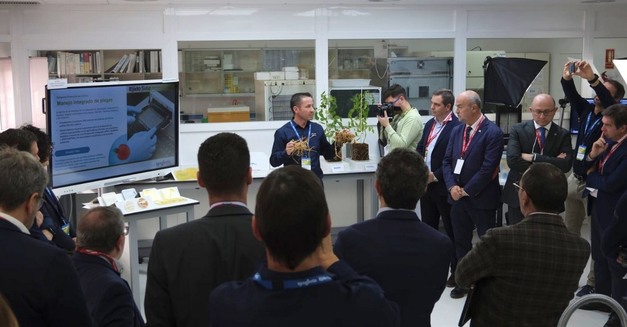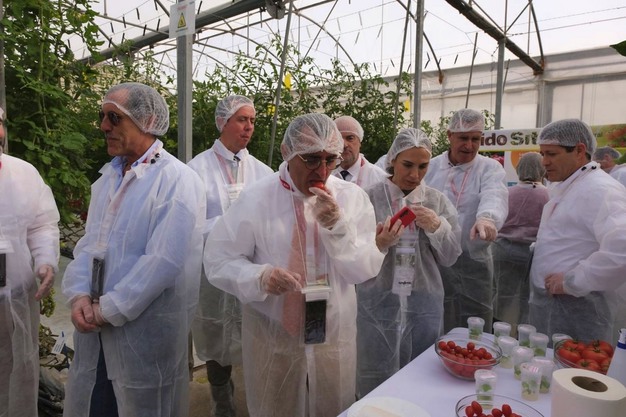Syngenta has inaugurated the expansion of its R&D facilities in El Ejido and La Puebla. The event was attended by Valentín Almansa, general director of Health of Agricultural Production of the Ministry of Agriculture and Fisheries, Food and Environment; Manuel Gómez Galera, general secretary of Agriculture in the Ministry of the Junta de Andalucía, as well as representatives of the municipalities of El Ejido and Roquetas de Mar, and Syngenta's global, European, and local management teams.
The main lines of research carried out in these centers mainly focus on leafy horticultural crops, brassicas, tomatoes, peppers, cucumbers, zucchini, and melons.

"Every investment we make follows on one key principle: how can we best serve farmers?" stated Matthew Johnston, CEO of Syngenta Vegetable Seeds and Flowers business. "These expanded and modernized facilities underscore Spain's importance in the global agricultural landscape. They also highlight our commitment to accelerating our innovation to help producers facing volatile climates and challenging environments around the planet grow produce to feed the world."
The event took place at Syngenta's facilities in El Ejido. This center was created in 1983 and currently has 145 employees working in R&D, production, commercial, and corporate functions.

The investments made in both sites were used for the full relocation to a new location in La Puebla (Murcia), improvements to greenhouses to better isolate plant improvement projects throughout the year, the redesign of pathology and quality laboratories, a new seed processing area, a germplasm bank, increased digitization throughout the site, new office spaces, and new cafeterias for employees.
"These centers are a great example of how our global R&D footprint is intentionally shaped around localized breeding programs, giving us the ability to respond more quickly to the needs of growers in each region," said Uri Krieger, global R&D director of Syngenta Vegetable Seeds and Flowers. "We can innovate faster thanks to the technologies we develop both in the field and in the laboratory that allow us to capture data at every step of the R&D process, as this improves our decision-making ability."
Syngenta was one of the first companies in the world to obtain and improve plant varieties more than 150 years ago. Now, it's the sector's most global organization, with teams that operate in more than 60 countries that send their genetically improved varieties to 124 countries.
For more information:
Syngenta Vegetable Seeds
www.syngentavegetables.com
